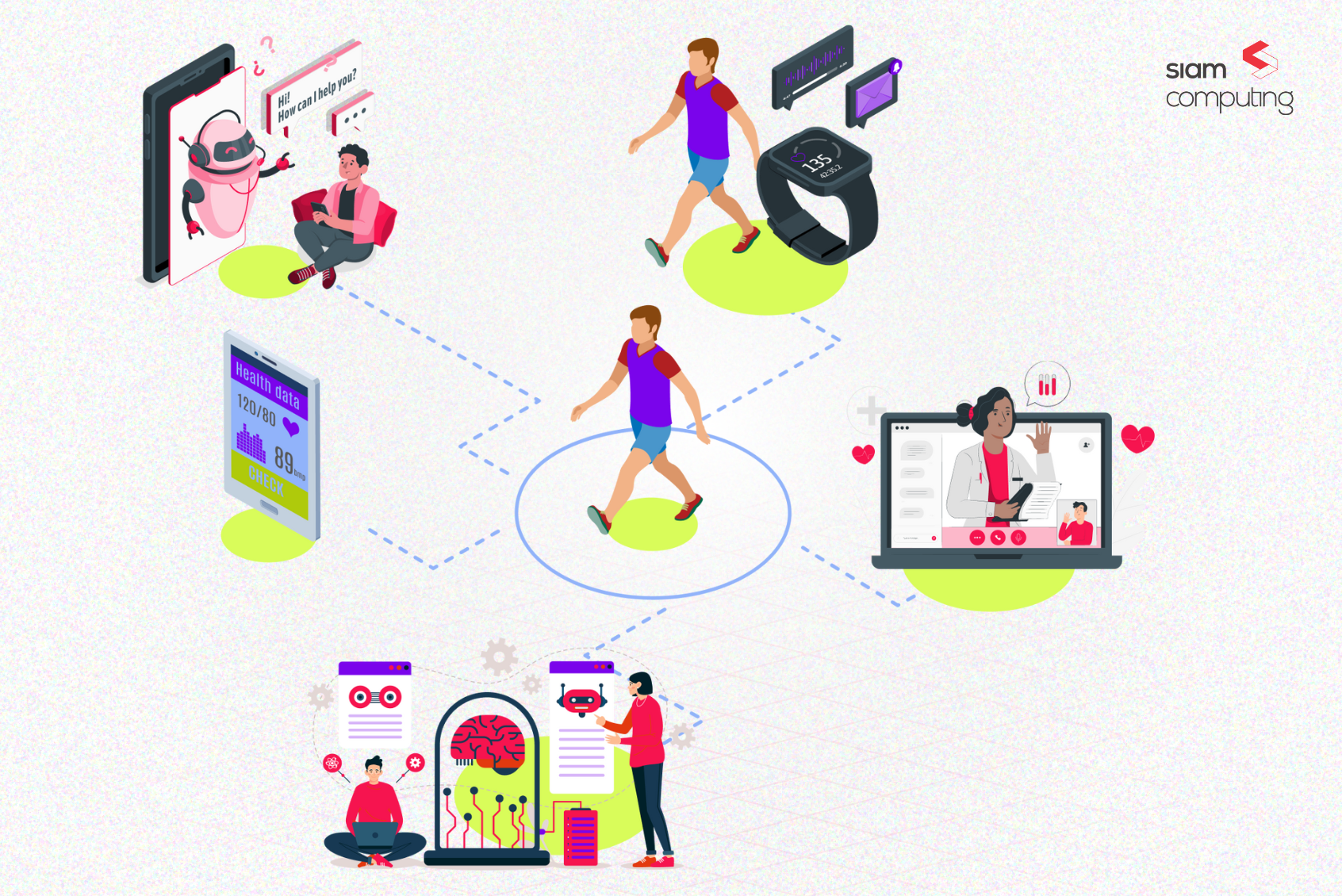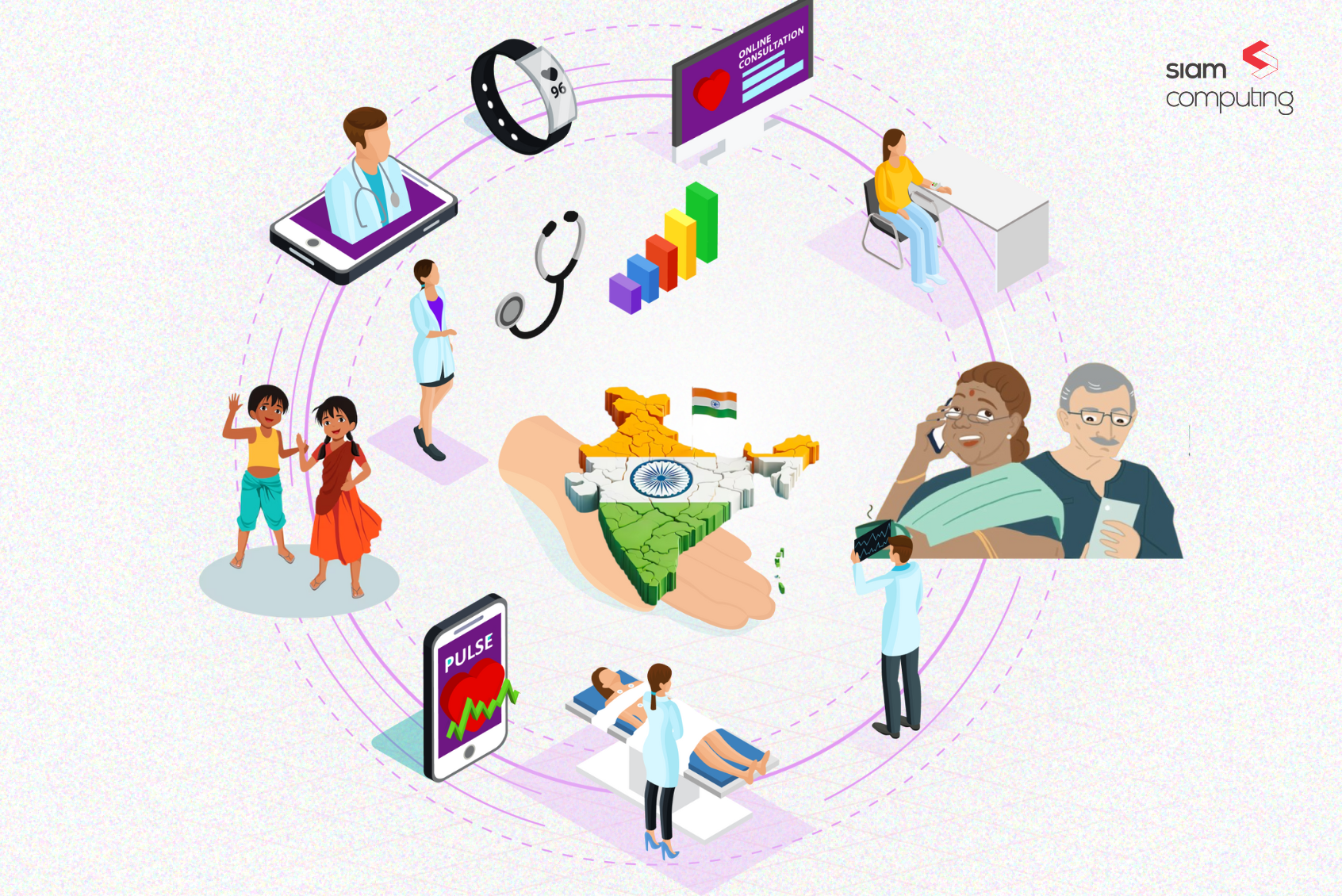The entrepreneur and his team have spent a lot of time working together with stakeholders to create a business plan that they believe will ‘crack into’ the market and satisfy their customer’s needs. The product has been designed, the intermediaries and channels have been identified and roped in, and finally, the coders have moved in and have started putting together the broad strokes of the product or service. We have already covered the business model in details, as well as the business model canvas and its components.
In this blog, we will speak about the 2 models that will ensure that the entrepreneur actually monetises the work that he is putting in, to show results financially. After all, money is what makes the business model successful. Cash is king in a business and it is needed not only for current plans to be executed, but also for the entrepreneur to maintain a clear head while expanding.
The Revenue Model
Simply put, the revenue model is the strategy to generate revenue for the business. According to Wikipedia, the revenue model is a framework for generating financial income. It identifies which revenue source to pursue, what value to offer, how to price the value, and who pays for the value. It is a key component of a company’s business model.
It primarily identifies what product or service will be created in order to generate revenues and the ways in which the product or service will be sold.
Let’s revisit the business model canvas for a moment.
We know that the revenue streams block elaborates the earnings a business gets by subtracting the costs incurred by the business from the revenue generated from each customer segment that has been identified as a part of the discussions. Organizations must always have an eye on the monetary value they provide to each customer segment.
The Revenue Model also enables the business to ‘wake up and smell the coffee’. Most businesses get so busy trying to solve customer pain points, problems and delight factors that they sometimes forget the box at the bottom of the Business Model Canvas – the Revenue Stream (click to Tweet). After all, the hard work, focus and talent of the organisation must be in some form or the other compensated by money in the bank (and a decent source of income for the people running the venture!). There is no point working on a product that will not generate revenue.
While the MVP takes care of many of the feature-related aspects, the startup must also keep an eye on the Dollar value of the work that they do (cost) and the Dollar value of what their customers are willing to pay for their efforts (revenues). Just as there are many ways in which a set of features can satisfy a customer need, there are several revenue channels that can be gained from a single customer segment.
Types of revenue models
While conducting the research for this blog, we came across several blogs and resources that touched upon the ways in which companies could discover revenue models. However, we believe this link to Wikipedia has the most comprehensive list in a concise and contextual manner.
Developing a revenue model
Much has been written and spoken about what kind of revenue models can be used in organizations.
While models exist, the relevance would depend on various factors at play within the organisation and outside in the market.
In this section of this blog, we highlight the various factors and steps involved in identifying a revenue model.
Choosing the closest and most relevant fit between the internal mechanisms of the company and the employee profile of the staff
This is one of the best ways to begin evaluating the kind of revenue model that the company should choose. For instance, if the company staff profile is heavily tilted towards an engineering, a research and development focused system of revenue recognition and modeling would help. In this model, the R&D division would take up a lion’s share of the organisation’s efforts and focus.
Attracting the Right Investors
The revenue model selected is also key to attracting the right type of investors and mentors to your business. This is important because it is this group of people who will finance, fund and guide the business. The wrong investors who do not see value in the business would be disastrous for the business in these early days. When you pick development areas, it helps to know which of these areas are close to your target investors’ hearts and develop pitches around these areas. This helps cement the legitimacy of your business in the investors’ eyes. Fundamental to being successful in finding a good potential investor is to ensure that the investor takes a holistic view of the business and is in it for the long haul as opposed to the typically myopic investor looking to make a quick buck.
It is an undeniable reality that all investors are looking for when their investment will yield returns and it is just as important for the entrepreneur to know when the business will really start making money and become self-sustaining. Despite this, entrepreneurs should set a time limit on their forecasts. Any predictions that go beyond 1 to 2 years are unrealistic and represent data that cannot be depend on.
Flexibility
Flexibility is a huge factor when it comes to identifying the revenue model. One needs to only open the newspaper in the morning to see how much the world has changed in a few short months. Companies that have started off with one revenue model have been forced to change their operations to fit another, more suitable revenue model in the span of a few weeks. Companies that have been too slow to adapt to the change have seen their margins and even business going belly-up.
Working out a monetisation plan
Great business models command better margins than the competition. Creating useful, well thought out and profitable monetisation plans that serve as a ‘win-win’ for both the customer as well as the business, is a great way to create value monetarily.
In any pricing model, the business needs to factor in a ‘margin’ that will be clawed back as well as used to fund and sustain the business over the long term – especially during lean periods. This margin would also need to be reviewed periodically to understand whether they could be improved upon, without harming long term business relationships. This may seem like a Catch-22 situation, but with the right sort of business model backed by clear and cogent financial analysis and reporting, customers can be convinced to part with more money in return for better quality and quantity of the company’s work products.
We read this wonderful article here and felt that this would really help early stage entrepreneurs ‘take the calls’ that would help their business become financially successful.
- Premium pricing: There is a general perception that premium products are more expensive due to their higher quality and longer lasting materials. This pricing system has been given impetus by companies such as Mercedes Benz, Apple Computers and bespoke jewellery brands. It would also make sense for the entrepreneur to explore the ways even ‘mass market’ brands have carved out a high-margin, premium sub-brand that competes at the ‘cream of the crop’ level with expensive competitors.
- Penetration pricing: Sometimes, lowering the cost far enough to ensure increased user offtake (especially in the initial period) would make sense for companies. Brands such as Ola and Uber have used this pricing to first gain market share, customer loyalty and brand recall; and then used their foothold to consolidate their paying customers and retain as many of the initial cohort of customers as possible.
- Economy pricing: This model uses the perception of thrift. The model is used in mass market and FMCG products where brand loyalty constantly shifts from one player to the next. In these models, the brand tries to show how much that the user stands to save by picking up their brand as opposed to another brand.
- Price skimming: This model of pricing involves pegging a product at a higher price when it is new and there are less competitors in the market for the same feature list. As demand and competition increases, the prices are lowered. A great example of this is the cell phone market where the prices drop once new/improved models are made available and more and more competitors begin to appear for the given feature list. Note : This strategy needs to be thought through carefully so that customers who paid a higher price in the beginning don’t feel short-changed because they paid a higher price and now see the value of their product reducing.
- Psychological pricing: Humans always feel that $499 is cheaper than $500. Companies have for long leveraged this psychological trick to make people buy products that they think are more affordable because it is just below an imaginary price point that is psychologically higher.
- Product line pricing: This form of pricing is ideal for a platform based model that uses the fundamentally same platform, but with modules added on top of each other and/or mixed and matched to present the best possible solution for the customer. Perhaps software product companies can take a leaf out of automobile engineering and look at how companies create a common platform for their products and then mix and match features and exteriors to present solutions for the unique needs of their customer segments. Some companies in the Banking software industry use these precepts already.
- Optional product-pricing: In this version of pricing, the base model is sold at a lower cost in order to gain market entry and become a part of the App List on the user’s phone. However, as the user adds more and more related modules to enhance the usability, the related items are sold at much higher prices.
- Captive product pricing: Companies that sell the ‘whole widget’ are able to create ‘walled gardens’ of app ecosystems that talk to each other across a variety of form factors. Once the user begins her journey into the app ecosystem and uses more and more apps across various devices, the propensity to move to a radically different system diminishes – allowing the company to create and sell new products or add on to existing products at higher margins.
- Product-bundle pricing: Microsoft and several large tech companies have been ‘bundling’ products for years. In this model, the company looks at related needs/wants and pain points of an existing cohort (or set of closely related cohorts) of customers and then bundle all their needs together into a service that can be used by a larger group.
- Geographical pricing: In this pricing scenario, products that provide solutions which are relevant to a particular geographic area or demography can charge a premium or corner more market share than competitors without having to try too hard.
Getting to the first cohort of paying customers
The perception that entrepreneurs are not good salespeople
Many entrepreneurs believe that they are creators and innovators, but not ‘salespeople’. This hesitation in their minds, no matter however well they design and create software products, ends up stymying their capability to go out and get people to adopt their product.
However, we have seen that it is exactly these early stage entrepreneurs who are best suited to the sales process. They come with an innate and natural air of authenticity, commanding understanding of the problem domain, and the ability to make changes to the product to close early deals almost in real time. The rest of the sales process is merely an opportunity to build on the gains accrued during the initial pitches.
Start small, deliver big
The idea here is to not look at selling to the ‘entire market’. That is a tough ask. We urge entrepreneurs to look at the first 10 or 15 customers. Keeping the group small has many advantages:
- It helps focus scarce marketing dollars to a smaller group – thereby enabling higher spend per customer
- Create a system of Account Based Marketing to ensure that the right clients are approached in the right way.
- It helps focus the niche and avoid the sales team (in the initial stages, the entrepreneur will be getting involved in this operation himself!) from pursuing client leads that are mirages at best and time-sucks at worst.
- Smaller cohorts will help the entrepreneur and his new sales team calm down, take a deep breath and then go one customer at a time. This will enable more people per team to help each other out and provide supporting ‘cover fire’
These are just a few of the advantages of aiming for a small cohort in the initial stages.
The beginning of a virtuous cycle
Getting the right clients in this way helps the company play to its strengths and add tremendous value to the client in small and big ways. These happy clients then become the company’s ambassadors and can be a powerful source of ‘word of mouth’ references to other, related clients who can be approached by the company.
Another positive development that takes place is that the company gets an up close and personal idea about the client pain points in the real world. Based on these experiences, they can go back to their offices and brianstorm new and better ways of working, revisit old hypotheses and formulate new ones about what actions can be taken to propel the company forward.
Once the company achieves a certain critical mass, it also build a certain amount of ‘gravity’ through positive client experiences and sheer presence in the market – thereby attracting more clients. The company’s clients and their references then talk about the company at forums, conferences and online boards – spreading the message.
This way, the company attracts more clients by starting small and then getting bigger and bigger organically.








